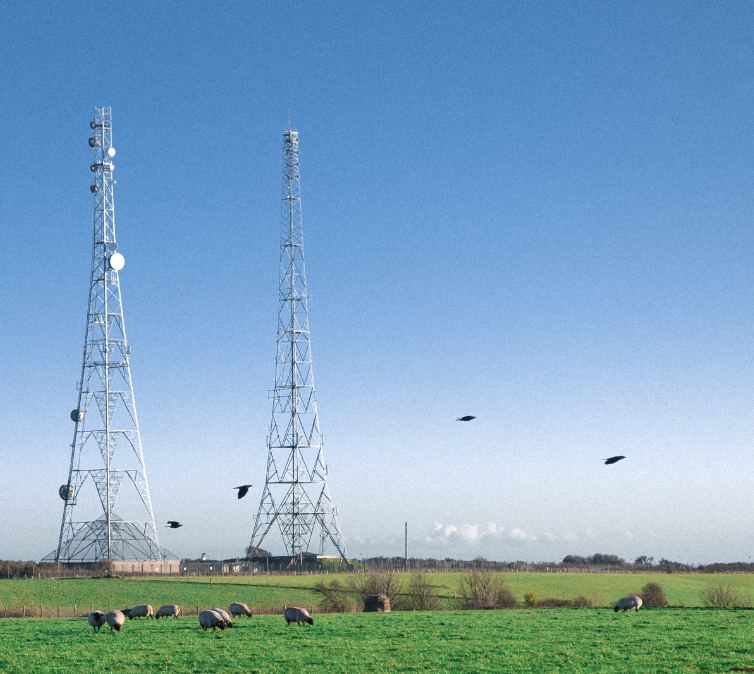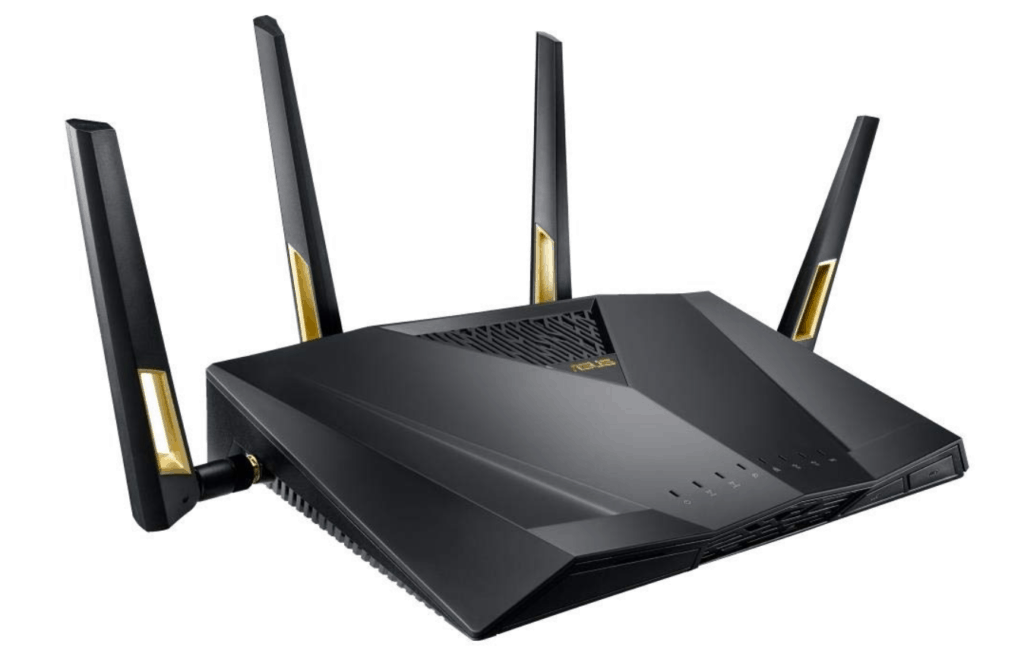Planning your wedding?
Nowadays it’s not necessarily all about the traditional church and reception at a venue nearby. We are seeing more unique, innovative weddings where couples design their entire day around their own personal preferences.
From civil ceremonies in the woods, to partying the night away in a teepee on a vineyard estate, the only limit is your imagination.
But do these quirky venues have the Wi-Fi you’ll need?
With the rise of social media sharing, comes the trend of the wedding hashtag. Everyone (or almost everyone) shares their everyday moments with friends, family and followers with their social media following. And weddings are no exception. People want to take photos at weddings – The beautiful bride, the cute ring bearer, the gorgeous place settings, the pretty lights, the romantic atmosphere. All of these beautiful moments are just crying out to be shared on the likes of Facebook and Instagram. And more and more couples are opting for their very own #WeddingHashtag to collect all the fan photos from their big day.
But what if the Wi-Fi fails? What if their wedding guests take all these photos but can’t share them? It’s not the same adding a string of tipsy dancy videos the morning after the night before… Could no connection could lead to mass hysteria and frustration?
You might be thinking, if you’re opting for the tepee on a rural vineyard estate then you’ll have to let go of the idea of Wi-Fi and wedding hashtags. Well… Not necessarily. That’s where Geekabit and our Wedding Wi-Fi comes in.
Nowadays, people generally assume that they should get a wireless connection anywhere, anytime, even in the strangest, most remote of places. This seems to apply double for events, including weddings, where guests do tend to expect the wireless signal to be strong and reliable. When things are working fine, you won’t hear a cry or a moan, but if it dares run slow, or shock horror, fails altogether, you’ll certainly hear about it.
Whether you’re opting for a hotel reception or a fun-in-a-field kind of soiree, Geekabit can ensure that your Wedding Wi-Fi meets your needs.
Our passion is keeping you connected, so you can keep yours for your new husband or wife
All events depend on excellent communication and weddings are no exception. We are avid suppliers of reliable internet access for a whole host of events, big or small, and with some prestigious UK event names under our belts, your Wedding Wi-Fi is safe in our expert hands.
One of our specialisms is building temporary internet for anywhere between a handful of users at the most intimate of weddings, to thousands of guests worthy of a festival. We can provide Wi-Fi across sites from a few metres to covering thousands of users.
Even if you have a more traditional wedding planned, even the most established of hotels can’t always be trusted when it comes to Wi-Fi, especially if you are expecting hundreds of wedding guests.
If you are relying on your guests to share their experience of your wedding online using a wedding hashtag, then don’t rely on your venues Wi-Fi. Let us ensure that your Wi-Fi remains reliable throughout, so you have a story of your perfect day to cherish forever from all of your closest friends and family members.
We have a team of experienced Wi-Fi engineers who are experts in building temporary Wi-Fi networks for all kinds of events, including Weddings. Working across London, Cardiff, Hampshire and throughout the UK, we can ensure your wedding guests stay connected on one of the most important days of your life.
We would be delighted to discuss your special day and advise what Wi-Fi solutions we can provide for your wedding. Give us a call on 0203 322 2443 (London), 02920 676712 (Cardiff) or 01962 657 390 (Hampshire).

















